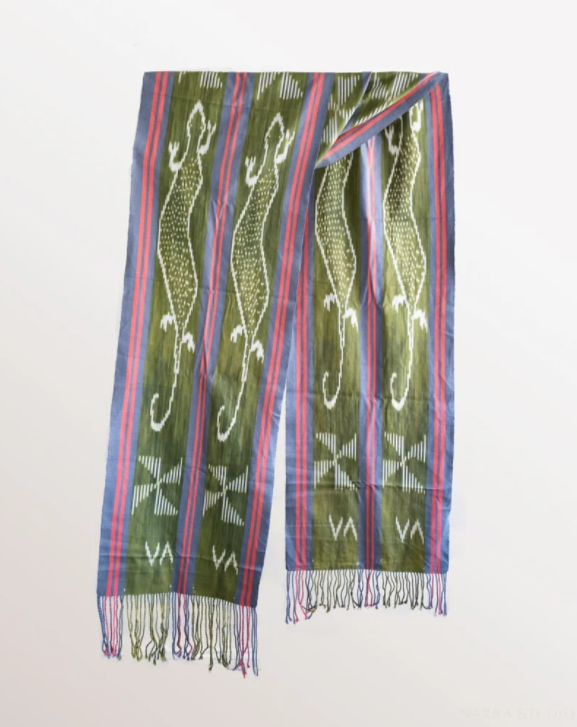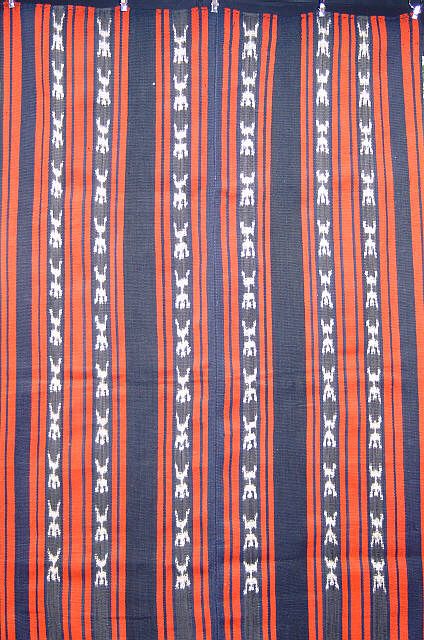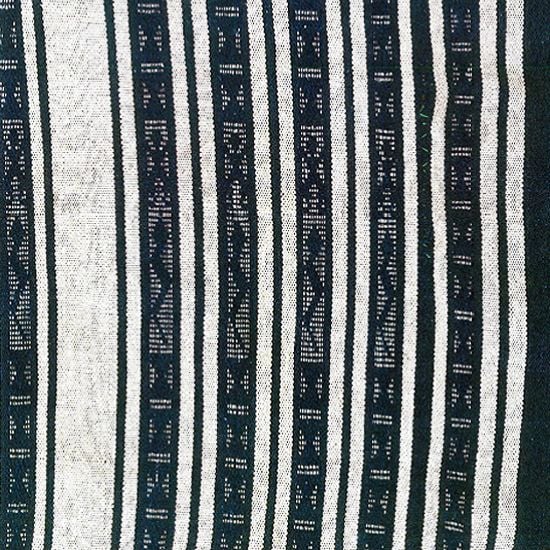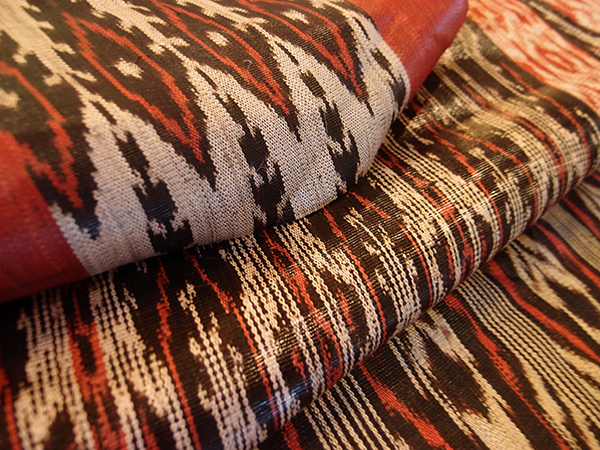Filipino indigenous textiles provide a glimpse of the country's rich cultural heritage. In this article, Tatler delves deeper into its origin and how the modern world is slowly wrapped by this centuries-old tradition one thread at a time.
In the modern world, Filipino indigenous weaving traditions struggle to survive in the face of more affordable, factory-produced textiles. Because of this, various institutions have launched programs that seek to encourage younger generations to pick up the age-old tradition and learn how the unique patterns and raw materials represent our country's rich and diverse culture.
In this article, Tatler further explores the weaving culture in the Philippines. Read on as we tell you more about its origins and symbols.
Read also: Weaving the Threads of Filipino Heritage
Origins
The weaving culture in the Philippines dates back to the 13th century. The tradition makes use of raw materials like local cotton, abaca, fibres, and pineapples. Many Filipinos are very spiritual people; in fact, our traditions are rooted in beliefs that were passed on by our ancestors. Handloom weaving is no different, it is believed that this cultural practice is associated with the indigenous peoples' bridge to spirits who will help them attract good health and protection in the Earthly realm.
Through the ages, the tribes considered weaving as a recreational activity where weavers are able to convene and socialise with each other.













